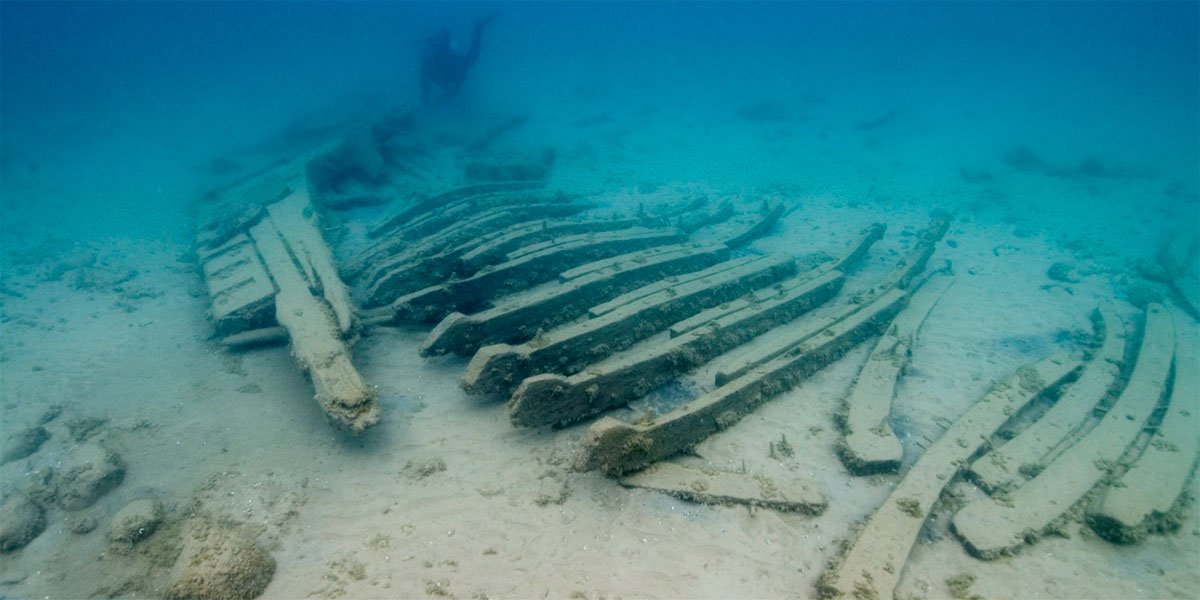Water Quality
Thunder Bay

Why is it a concern?
Water quality can be impacted by the presence of contaminants (for example pesticides, hydrocarbons (e.g., oil), and heavy metals), excessive sedimentation, and elevated nutrient loads. There are a number of pressures on water quality from contaminants that can impact submerged archaeological resources in the sanctuary, chiefly by reducing public accessibly. Unlike point source pollution, nonpoint source pollution comes from many diffuse sources. Nonpoint source water pollution is usually due to rainfall moving over and through the ground and carrying various chemicals. As the runoff moves, it picks up and carries away pollutants, finally depositing them into surface and subsurface (groundwater) waters. Pollutants and contaminants include excess fertilizers, herbicides and insecticides from agricultural lands and residential areas; oil, grease and toxic chemicals from urban runoff and energy production; sediment from improperly managed construction sites and dredging operations; bacteria and nutrients from birds and other wildlife; pet wastes; and faulty septic systems. Eutrophication (an outcome of excess nutrients in the water, such as fertilizers) of nearshore waters has been an ongoing, documented problem in Lake Huron. The process of eutrophication has the potential to shift primary productivity from the slower-growing flora (e.g., grasses) to faster-growing species (e.g., algae). This issue has the potential to impact public visitation to sanctuary resources.
Overview of Research
Thunder Bay National Marine Sanctuary is actively seeking research partners to conduct work connected to Water Quality as a sentinel issue.
| Project Name | PI and contacts | Links |
|---|---|---|
USGS Watershed data / Thunder Bay |
U.S. geological Survey |
Science Needs and Questions
- How do contaminants impact cultural resources in TBNMS?
- What toxins, pollutants, contaminants, particles are present?
- What is the most efficient way to collect data on contaminants on a regular basis?
Education and Outreach Material
References
Office of National Marine Sanctuaries. 2013. Thunder Bay National Marine Sanctuary Condition Report 2013. U.S. Department of Commerce, National Oceanic and Atmospheric Administration, Office of National Marine Sanctuaries, Silver Spring, MD. 80 pp.
Fourqurean, J.W., J.N. Boyer, M.J. Durako, L.N. Hefty, B.J. Peterson. 2003. Forecasting Response of Seagrass Distributions to Changing Water Quality Using Monitoring Data. Ecological Applications 13(2)474-489.
Wagner, D., E. Mielbrecht, R. van Woesik. 2008. Application of landscape ecology to spatio-temporal variance of water-quality parameters along the Florida Keys reef tract. Bull Marine Science 83(3):553-569.

